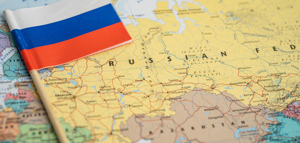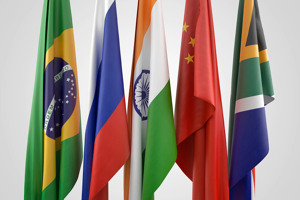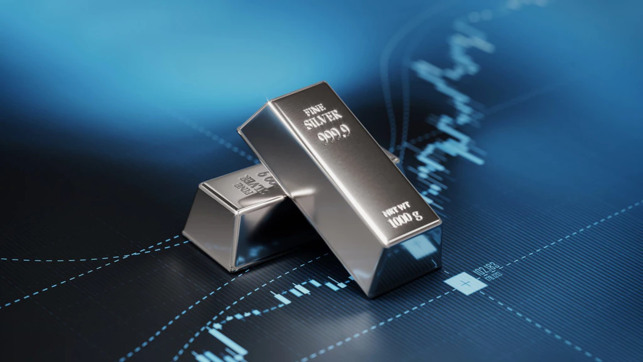Tavex uses cookies to ensure website functionality and improve your user experience. Collecting data from cookies helps us provide the best experience for you, keeps your account secure and allows us to personalise advert content. You can find out more in our cookie policy.
Please select what cookies you allow us to use
Cookies are small files of letters and digits downloaded and saved on your computer or another device (for instance, a mobile phone, a tablet) and saved in your browser while you visit a website. They can be used to track the pages you visit on the website, save the information you enter or remember your preferences such as language settings as long as you’re browsing the website.
| Cookie name | Cookie description | Cookie duration |
|---|---|---|
| tavex_cookie_consent | Stores cookie consent options selected | 60 weeks |
| tavex_customer | Tavex customer ID | 30 days |
| wp-wpml_current_language | Stores selected language | 1 day |
| AWSALB | AWS ALB sticky session cookie | 6 days |
| AWSALBCORS | AWS ALB sticky session cookie | 6 days |
| NO_CACHE | Used to disable page caching | 1 day |
| PHPSESSID | Identifier for PHP session | Session |
| latest_news | Helps to keep notifications relevant by storing the latest news shown | 29 days |
| latest_news_flash | Helps to keep notifications relevant by storing the latest news shown | 29 days |
| tavex_recently_viewed_products | List of recently viewed products | 1 day |
| tavex_compare_amount | Number of items in product comparison view | 1 day |
| Cookie name | Cookie description | Cookie duration |
|---|---|---|
| chart-widget-tab-*-*-* | Remembers last chart options (i.e currency, time period, etc) | 29 days |
| archive_layout | Stores selected product layout on category pages | 1 day |
| Cookie name | Cookie description | Cookie duration |
|---|---|---|
| cartstack.com-* | Used for tracking abandoned shopping carts | 1 year |
| _omappvp | Used by OptinMonster for determining new vs. returning visitors. Expires in 11 years | 11 years |
| _omappvs | Used by OptinMonster for determining when a new visitor becomes a returning visitor | Session |
| om* | Used by OptinMonster to track interactions with campaigns | Persistent |
| Cookie name | Cookie description | Cookie duration |
|---|---|---|
| _ga | Used to distinguish users | 2 years |
| _gid | Used to distinguish users | 24 hours |
| _ga_* | Used to persist session state | 2 years |
| _gac_* | Contains campaign related information | 90 days |
| _gat_gtag_* | Used to throttle request rate | 1 minute |
| _fbc | Facebook advertisement cookie | 2 years |
| _fbp | Facebook cookie for distinguishing unique users | 2 years |

Russia has almost doubled its gold exports to China in the first half of this year, according to recently released trade data.
“China’s imports of precious metals from Russia, including gold and silver, rose 80 percent to $1 billion from a year earlier,” Bloomberg reported on Monday. The figures came from data from China’s customs and the China Association of Chambers of Commerce. “Gold prices have risen 28 percent this year, helped by rising geopolitical tensions, trade tensions, central bank purchases and investor interest in exchange-traded funds.”
Russia is the world’s second-largest gold producer after China, with annual production exceeding 300 tons. The Russian central bank has also been one of the largest buyers of gold over the past decade. Although gold purchases have largely been put on hold since the attack on Ukraine, China remains one of the largest buyers of gold, writes Kitco.
Russia’s gold exports to China have increased in both volume and value. In part, the increase in dollar volumes is due to the 43 percent increase in the price of gold over the past 12 months.
Domestic Demand Also Rose to a Record High

Domestic gold demand in Russia also hit a record high last year as Russians seek to protect themselves from soaring inflation. Annual inflation in Russia has already risen to nearly 10 percent. Residents there bought 75.6 tons of gold last year, about 25 percent of the country’s gold production.
The rally in precious metals prices has also boosted profits for local mining companies. “MMC Norilsk Nickel PJSC, one of the world’s largest producers of palladium and platinum, has sharply increased exports to China,” writes Bloomberg. “Prices for both metals have risen 38 percent and 59 percent respectively this year.”
Russia has become increasingly dependent on alternative assets, be it precious metals, crypto or other similar assets, since the start of the war in Ukraine and the imposition of sanctions. Last week, journalist and mining industry expert Tim Treadgold wrote that the price of silver may be currently rising due to, among other things, undeclared purchases by the Russian Central Bank.
“Silver has risen 31 percent since the beginning of January, outpacing gold. Silver is trying to catch up with gold, which has been the star of the commodities sector for three years,” Treadgold said. “There are also signs that other precious metals are being sought alongside gold.”
BRICS Wants to Avoid the Dollar With Precious Metals

Treadgold pointed out that Russia’s BRICS partners, which include China, India and Brazil, are also hoarding gold to reduce their dependence on the dollar. “The BRICS plan is to hoard gold to avoid the dollar. But the price of gold has risen quite high right now,” he said. “Silver has always been an alternative to gold. It has also been called the poor man’s gold. It is possible that silver is now being bought as an alternative.”
Silver demand is also supported by its widespread use in industry – mainly in the green energy and electronics sectors. It is also used in jewellery. When gold becomes too expensive, more silver jewelry is purchased.
“The biggest factor in the silver market right now seems to be investment demand, as silver is increasingly seen as an alternative to gold. The situation is similar with platinum, which has also received more attention from investors during the price increase,”
Treadgold wrote.
Last September, the Russian Central Bank announced that it would start accumulating silver reserves in addition to gold and platinum. At the time, it was announced that a total of half a billion dollars would be invested in silver. Admittedly, these volumes are not very large considering the size of the market.
In October, the Russian government proposed that BRICS members create their own precious metals exchange. Such a move would significantly change the global precious metals pricing process. At the same time, BRICS countries agreed to increase their trade in precious metals among themselves.
Key Takeaways
Russia’s surge in gold exports to China marks a significant shift in the global precious metals market, driven by rising geopolitical tensions, economic sanctions, and shifting alliances. With gold prices soaring and silver not far behind, both nations are leveraging precious metals to strengthen financial resilience and reduce dependence on Western currencies, particularly the US dollar.
Domestically, Russia’s growing demand for gold highlights how individuals are seeking safe havens amid inflation and uncertainty. Meanwhile, the broader BRICS alliance is aligning around a shared strategy: accumulating gold and other metals to build an alternative financial system less reliant on the dollar-dominated West.
As Russia and China deepen their cooperation in the gold bullion trade, and other BRICS nations follow suit, we may be witnessing the early stages of a new global gold-backed economic order – one where precious metals once again play a central role in both national policy and international trade.

















